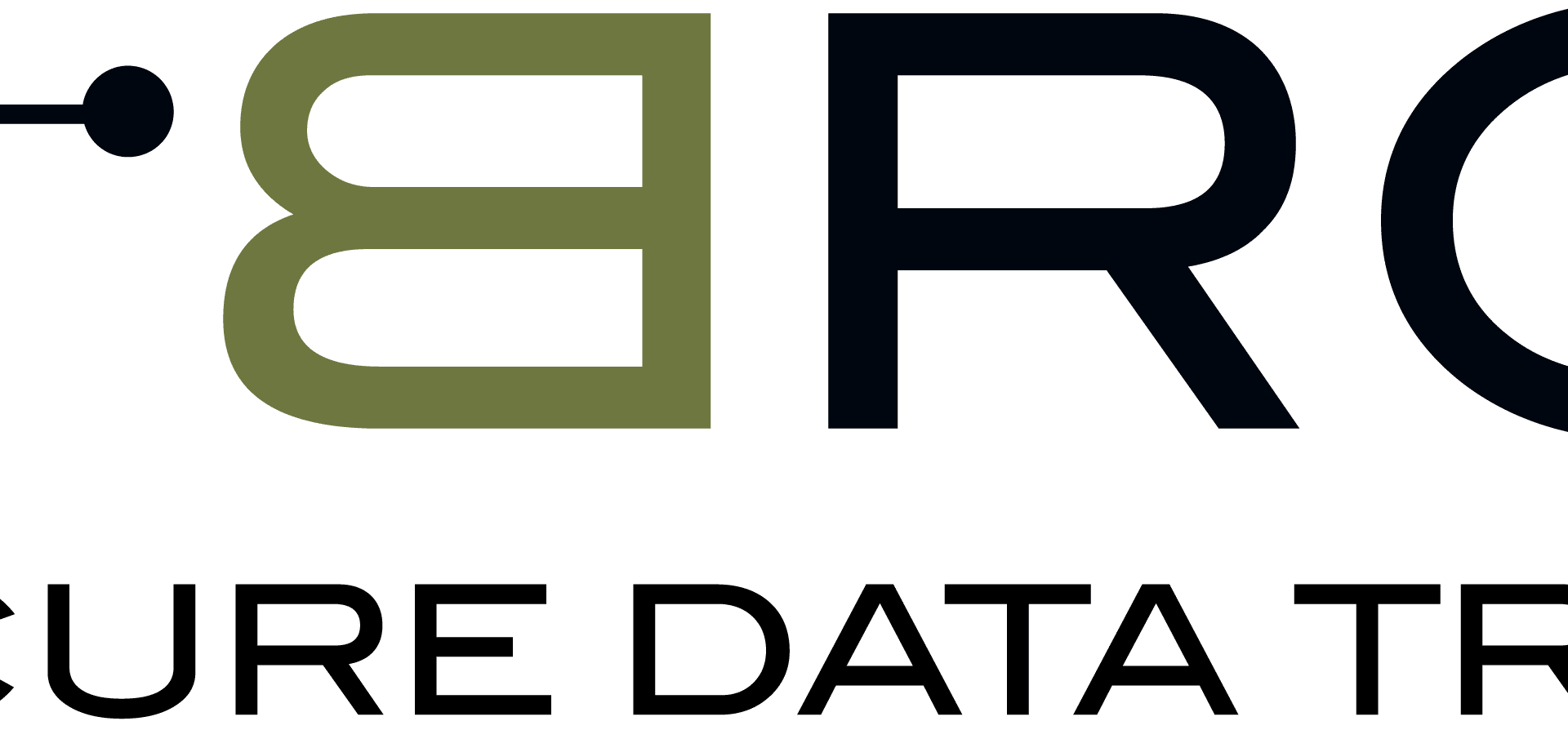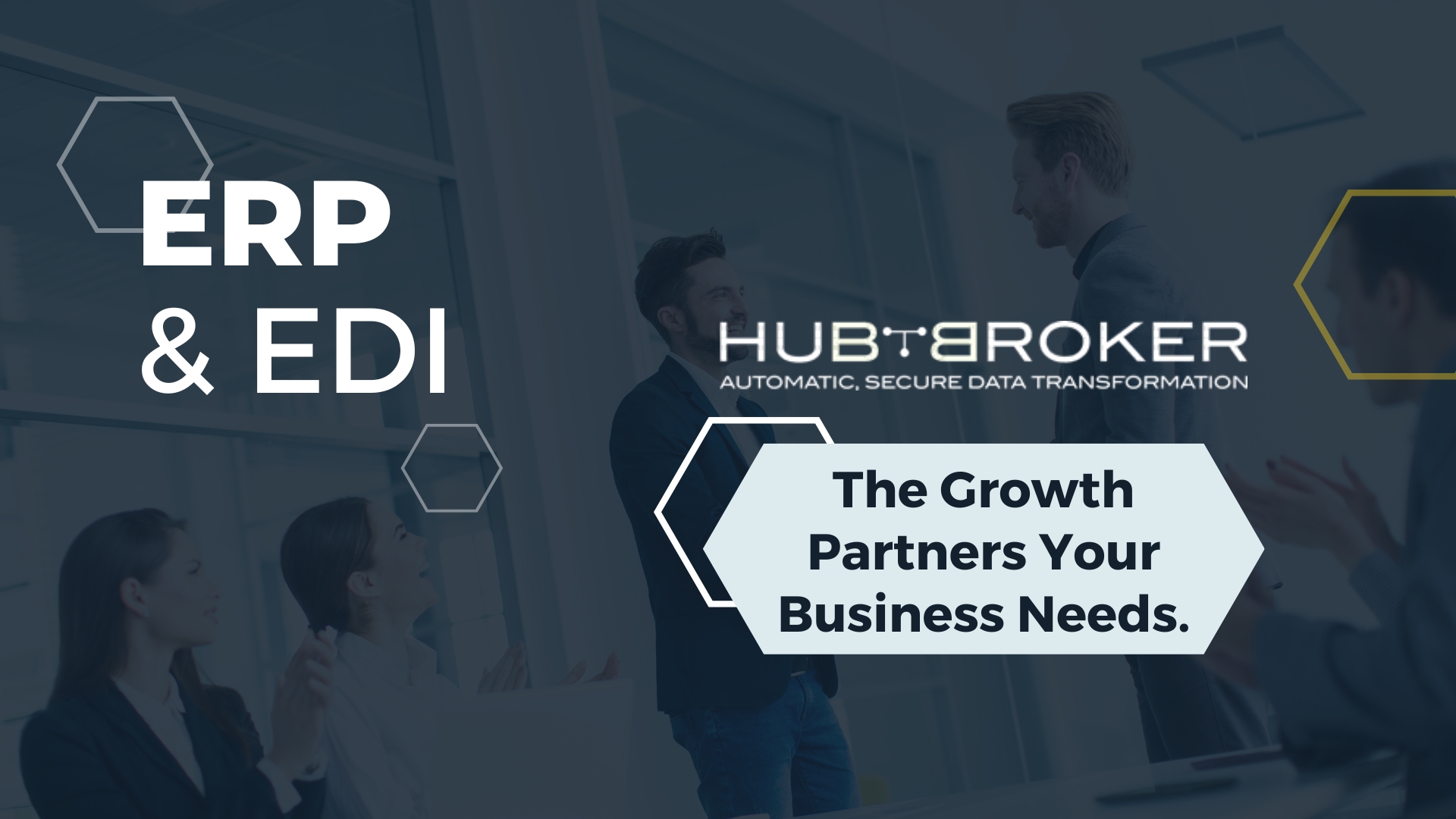Digital transformation is not just about digitizing manual processes. It’s a chance to revolutionize your entire business, create unparalleled customer and partner experiences, boost revenue, and maximize employee productivity. Connected and adaptable IT infrastructure is the foundation of a successful business.
For you, as a B2B company, it’s crucial to integrate all your systems and technologies to unlock new business capabilities. SAP ERP is often the system of record for most of your data and transactions. But, other non-SAP systems also hold crucial customer and business information. Plus, with the rise of modern CRM systems, your employees expect to do their work on a single platform. Connecting all these systems is vital to delivering the seamless customer, partner, and employee experience that digital transformation promises.
The SAP ecosystem is vast and complex, consisting of legacy on-premises ERPs, the modern S/4HANA ERP, various SaaS solutions that SAP has acquired over the years, and multiple integration tools that seek to connect and navigate this landscape. Furthermore, integrating SAP ERP with other systems can be daunting, given its proprietary language, logic, and processes that are not easily extendable beyond the SAP ecosystem. Hence, it’s essential to be well-versed and consider the SAP integration challenges when planning your integration strategy.
Challenges to SAP integration
Many companies have discovered that SAP’s integration methods don’t easily connect with third-party systems. SAP has its own integration capabilities, such as IDocs, BAPIs, ABAP, RFC, and JCo, which don’t align well with industry standards. This can create significant integration challenges, such as the over 600 IDoc types that must be considered for an integration project or the fact that BAPIs don’t cover all SAP transactions, and RFCs are often undocumented and unsupported by SAP. This can lead to a patchwork of integration solutions, resulting in tightly-coupled, solution-specific, and brittle connections that prevent your organization from adapting to future business changes.
Furthermore, the high degree of customizability that SAP ERP provides, including ECC, increases the complexity of integration, driving up costs and the time needed to connect to new systems.
As your business expands into new products, verticals, and markets, you may need to individually customize SAP modules to meet new and unique business needs. And if you acquire a competitor with its own SAP instance, the integration challenges only escalate. Even with consistent customization within your SAP ecosystem, third-party solutions will have their own object models that don’t match those of SAP, making integration increasingly difficult.
Additionally, the comprehensive suite of solutions that SAP offers, combined with its multiple integration methods, leads to a complex development and software delivery environment. Large teams of developers with specialized skill sets are required to navigate this complexity, forcing you to either build an SAP team in-house or hire SAP developers from systems integrators. This can lead to slow delivery times and backlogs, frustrating end-users who need to innovate in real time. The complexity of SAP also means that even small requests to update functionality can take considerable effort and time.
How to solve SAP integration challenges
If your company is using SAP systems, you might have faced challenges in integrating them with other systems and technologies. To overcome these challenges and meet your critical business objectives, choosing the right technologies and approach is essential. HubBroker’s Any-to-Any data format conversion and API-led connectivity approach can help you achieve this in the shortest time frame while also laying the foundation for future growth.
Our solution offers an even broader range of capture, content and process management, and enterprise search technology to SAP users. It seamlessly integrates to instantly capture, manage, access, and analyze critical business information, both inside and outside of SAP. Additionally, the information entered is automatically validated against SAP master data or transactional data, ensuring discrepancies are caught and corrected early in any process. This promotes a more automated and efficient back office, resulting in rapid and real returns for your business.
Eliminating Inefficiencies
In today’s fast-paced business environment, having a complete view of your operations is critical for making informed decisions. With HubBroker’s solutions, you can bridge the gap between unstructured and structured data such as emails, PDFs, contracts, EDI, and other formats with the transactions and data in SAP. This not only provides more visibility but also eliminates manual tasks and streamlines workflow.
Our solution works in three simple steps:
- Capture: Gather documents and data from any source, be it paper, fax, email attachments, XML, and PDF. Then, validate and transfer the data to SAP.
- Process: Eliminate manual tasks and ensure business process integrity with SAP solutions that automate processes within SAP, such as procurement or master data management.
- Integration: Utilize your existing SAP infrastructure and accelerate deployment and user adoption with solutions that seamlessly connect processes and documents within SAP.
Our solutions help you to gain better visibility into your operations and make more informed decisions, all while streamlining your workflow and eliminating inefficiencies.
Optimizing Your Order-to-Cash Process with HubBroker
For every enterprise, closing sales is just one aspect of the sales cycle, and many sales reps may lack the tools to complete the entire transaction. Manual entry of sales orders in SAP can be time-consuming and error-prone, and without visibility into fulfillment status within their CRM, reps may struggle to provide timely and accurate service to customers. In today’s fast-paced business environment, customers are more likely to choose companies that can serve them quickly, efficiently, and accurately. An efficient order-to-cash (O2C) process can give you a competitive edge.
The O2C process is complex and multi-faceted, involving data and transactions across multiple systems. It includes product inventory, pricing, quoting, orders, fulfillment, and communication at key milestones. Ideally, opportunities are created and tracked in a CRM, but without integration into SAP and other downstream systems, subsequent steps involve multiple manual processes with a variety of stakeholders. This not only harms employee productivity but also increases the risk of errors and ultimately affects customer satisfaction as the end-to-end process slows down.
HubBroker’s integration solution addresses these issues by automating the O2C process throughout, enabling sales reps to upload purchase orders directly within the CRM, with access to updated product catalogs and real-time inventory data from SAP. This ensures that subsequent O2C steps, such as order fulfillment, delivery, invoicing, and payment, are automated and streamlined, reducing errors and increasing efficiency.
With HubBroker, capturing invoices, orders, and any other business documents in any format and from any source is easy. The data is automatically extracted and integrated into the SAP system, streamlining the process. Purchase order-based invoices are handled seamlessly without the need for human intervention.
In case of any errors or exceptions, non-PO invoices and any other documents are immediately routed to the appropriate workflow for correction or approval. The system automatically detects any discrepancies and routes the documents to the relevant departments for updating or correction. This ensures that invoices are either submitted or sent for approval in a timely and efficient manner.
With HubBroker’s solution, you can optimize your O2C process and provide your customers with the best possible service.
Maximizing Your ROI with HubBroker
HubBroker helps you connect your content and processes with SAP, resulting in significant reductions in overhead costs and increased productivity in accounting, finance, human resources, and other content-dependent processes.
Our adaptable and user-friendly workflow links documents with business users, streamlining review and approval processes. And our SAP-certified workflow leverages SAP business rules, master data, validations, workflows, hierarchy, and credentials to speed up invoice processing.
Optimizing Your Back Office Operations
From purchase to pay and order to cash, HubBroker automates manual process chains to fully leverage your SAP investment. Here’s how our solutions can help you optimize your financial processes:
- Automate multiple processes with a single workflow solution
- Reduce manual data entry and errors to speed up processes
- Simplify complex processes by catching and fixing transaction errors early
- Ensure on-time or early payments to take advantage of supplier discounts
- Improve service to suppliers and within your organization
- Reduce process costs throughout your organization
- Increase visibility and transparency across the finance department
- Comply with legislation that requires electronic audit trails of processes.
With HubBroker, you can optimize your back office operations, reducing costs and increasing efficiency while also improving service and compliance.
Getting Started with HubBroker
If you want to leverage your SAP investment and optimize your back-office operations, HubBroker is the solution for you. With our solutions, companies using SAP can automate their financial processes, reducing manual data entry and keying errors. This simplifies complex processes, ensures on-time or early payments and improves service to suppliers and customers. Moreover. HubBroker helps you reduce process costs, increase visibility and transparency across finance, and easily comply with legislation that requires electronic audit trails of processes.
Contact us today or book a demo with our experts and learn more about how we can help your business achieve better ROI on your SAP investment.





